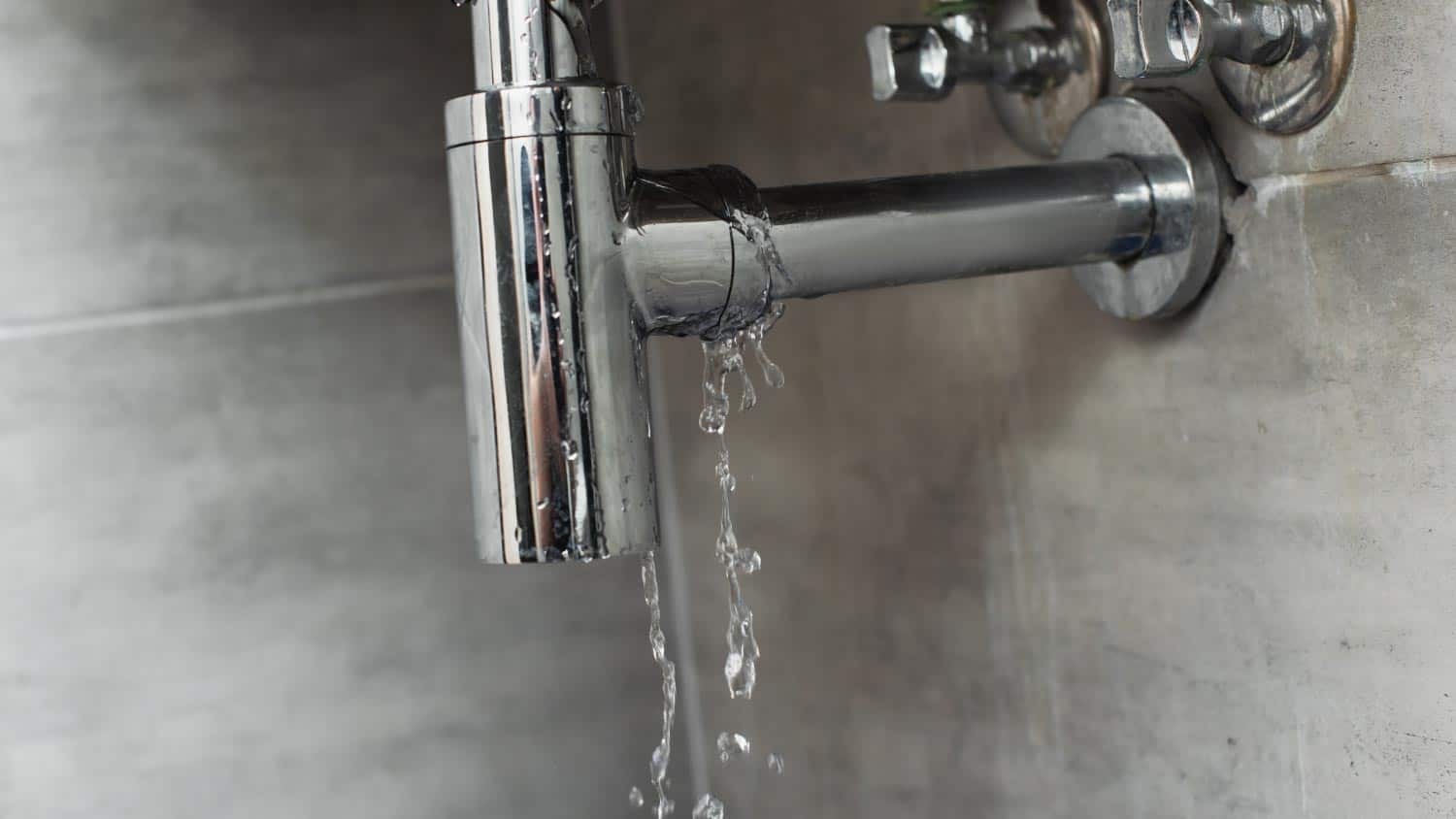Exactly how to Examine If Your Home Has a Concealed Leakage
Exactly how to Examine If Your Home Has a Concealed Leakage
Blog Article
This article following next relating to Locating water leaks is fairly attention-grabbing. Don't miss out on it.

Early discovery of dripping water lines can reduce a possible disaster. Apart from conserving you money, it will certainly lessen the irritation as well as aggravation. The minute you find a leakage, calling your plumber for repairs is the most effective service. Nevertheless, some tiny water leakages might not show up. If you can not detect it with your nude eyes, right here are some hacks that help.
1. Check Out the Water Meter
Every home has a water meter. Checking it is a proven way that aids you uncover leaks. For beginners, switch off all the water sources. Guarantee no person will certainly purge, utilize the faucet, shower, run the washing equipment or dishwashing machine. From there, most likely to the meter and also watch if it will certainly change. Since no one is using it, there should be no motions. That shows a fast-moving leak if it moves. If you detect no adjustments, wait a hr or 2 and also examine back once more. This indicates you may have a slow-moving leak that can also be below ground.
2. Check Water Usage
Evaluate your water bills and also track your water consumption. As the one paying it, you ought to notice if there are any kind of disparities. If you find sudden changes, regardless of your intake being the same, it indicates that you have leaks in your plumbing system. Remember, your water costs should fall under the very same range on a monthly basis. An abrupt spike in your expense suggests a fast-moving leakage.
A stable boost every month, even with the very same practices, shows you have a slow leakage that's likewise gradually rising. Call a plumber to completely examine your home, particularly if you feel a warm area on your flooring with piping below.
3. Do a Food Coloring Examination
When it comes to water usage, 30% comes from toilets. If the shade in some way infiltrates your bowl throughout that time without flushing, there's a leakage in between the storage tank as well as bowl.
4. Asses Outside Lines
Don't fail to remember to inspect your exterior water lines also. Examination faucets by attaching a yard hose. Must water permeate out of the link, you have a loosened rubber gasket. Change this and make sure all links are limited. If you have actually obtained an automatic sprinkler, it will certainly aid get it properly took a look at and maintained each year. One little leak can waste tons of water and also spike your water bill.
5. Evaluate the situation as well as check
Homeowners should make it a behavior to examine under the sink counters and also also inside cabinets for any type of bad odor or mold development. These 2 red flags suggest a leakage so prompt focus is required. Doing regular assessments, even bi-annually, can save you from a significant issue.
Examine for discolorations and also deteriorating as a lot of devices and also pipes have a life expectations. If you presume leaking water lines in your plumbing system, don't wait for it to intensify.
Early discovery of dripping water lines can alleviate a possible catastrophe. Some tiny water leaks may not be visible. Checking it is a surefire way that helps you uncover leaks. One tiny leakage can throw away heaps of water and also surge your water costs.
If you believe leaking water lines in your plumbing system, do not wait for it to intensify.
WARNING SIGNS OF WATER LEAKAGE BEHIND THE WALL
PERSISTENT MUSTY ODORS
As water slowly drips from a leaky pipe inside the wall, flooring and sheetrock stay damp and develop an odor similar to wet cardboard. It generates a musty smell that can help you find hidden leaks.
MOLD IN UNUSUAL AREAS
Mold usually grows in wet areas like kitchens, baths and laundry rooms. If you spot the stuff on walls or baseboards in other rooms of the house, it’s a good indicator of undetected water leaks.
STAINS THAT GROW
When mold thrives around a leaky pipe, it sometimes takes hold on the inside surface of the affected wall. A growing stain on otherwise clean sheetrock is often your sign of a hidden plumbing problem.
PEELING OR BUBBLING WALLPAPER / PAINT
This clue is easy to miss in rooms that don’t get much use. When you see wallpaper separating along seams or paint bubbling or flaking off the wall, blame sheetrock that stays wet because of an undetected leak.
BUCKLED CEILINGS AND STAINED FLOORS
If ceilings or floors in bathrooms, kitchens or laundry areas develop structural problems, don’t rule out constant damp inside the walls. Wet sheetrock can affect adjacent framing, flooring and ceilings.
https://www.servicemasterbyzaba.com/blog/how-to-detect-water-leakage-in-walls/

As a keen reader about Finding hidden leaks, I figured sharing that blog post was a great idea. Do you know about another person who is serious about the niche? Take a moment to promote it. Thanks so much for going through it.
Report this page